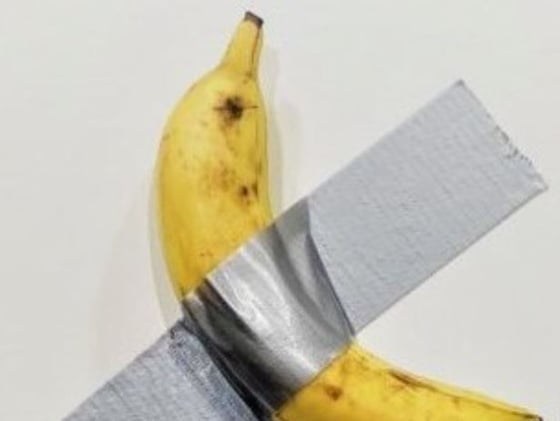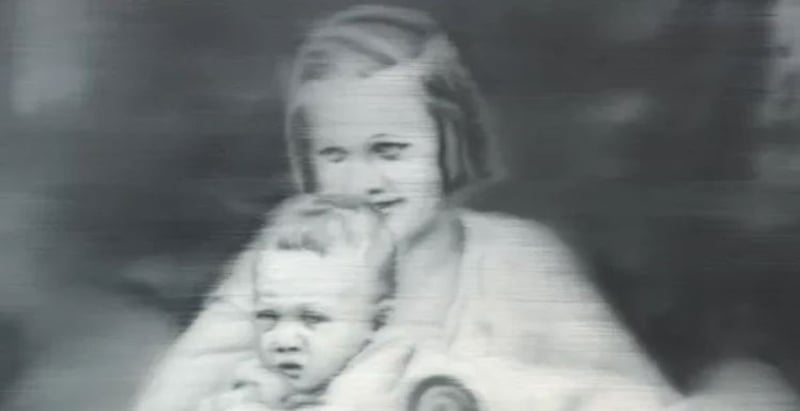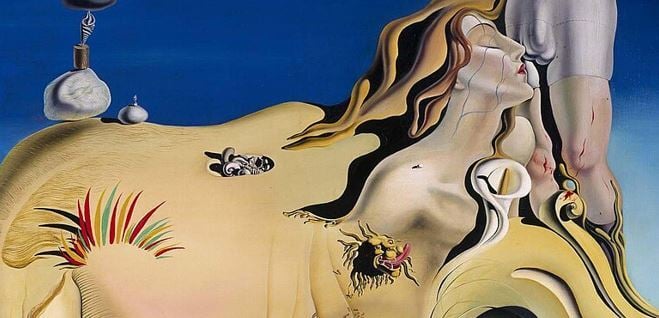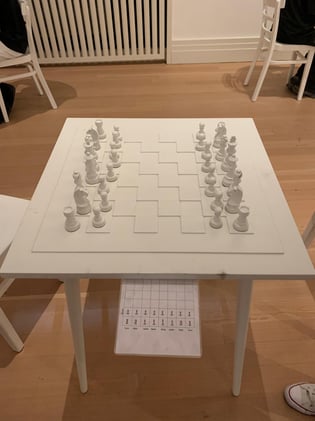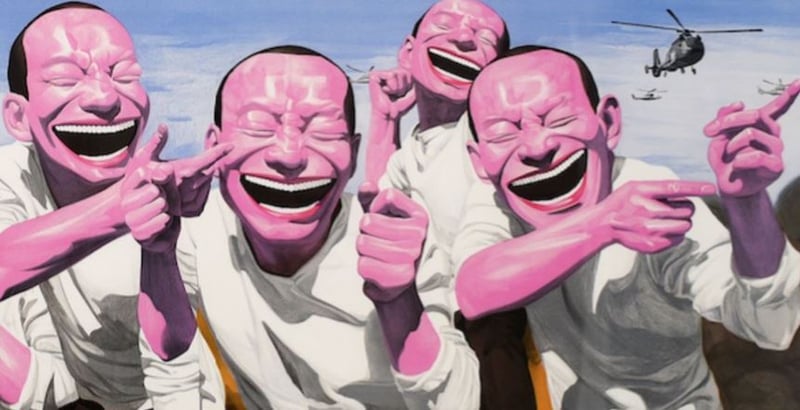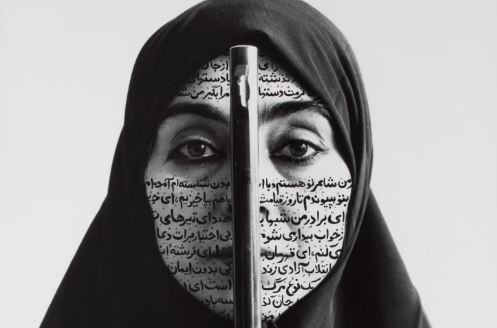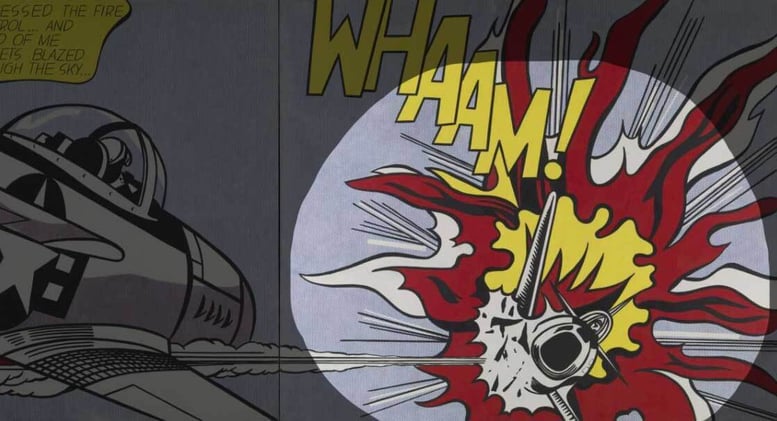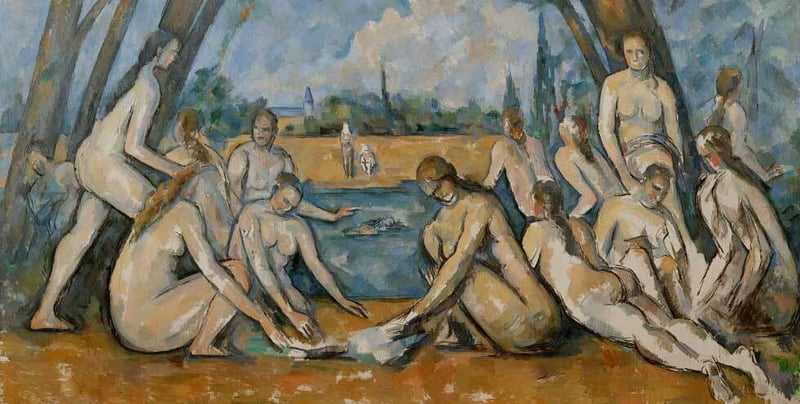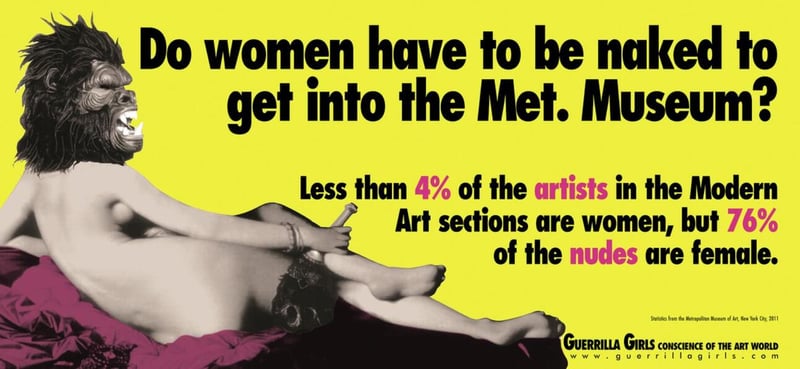- Crazy Pablo
- Archive
- Page 0
Archive
Crazy Pablo: Between Two Wars and One Giant Grasshopper
This week, I found myself wondering - not for the first time - where today’s wars and conflicts might take art next. Will we see something radically new emerge? Or will we circle back to the raw, dreamlike visions born between the world wars? That question led me to one unforgettable canvas I saw at the Reina Sofía: The Great Masturbator by Salvador Dalí. A painting that’s sensual, fractured, and deeply surreal...

Crazy Pablo: The Politics of Meaning
These days, it’s hard to tell what's true. We’re flooded with so much information, so many images and headlines, that it’s easy to think everything is equally true - or is there only one truth? It reminded me of a deceptively simple conceptual artwork>>

Crazy Pablo: Light and Darkness by Yoko Ono
This summer, I wandered through Berlin’s vibrant art scene and visited several thought-provoking exhibitions. One work in particular stayed with me—quiet, minimal, almost nothing at all. But like a good haiku, it said everything. It’s the one I chose to start with.

Crazy Pablo: Infinite Sadness and Floating Color Fields
There are moments when color says what words can’t. When a single shape can hold the weight of grief, or a soft edge can echo the ache beneath the surface. Some artworks don’t just reflect our pain, they help us release it. What if art could carry the sorrow we all share?

Crazy Pablo: Minjun Laughing Through Chaos
Sometimes life gets so absurd that all you can do is laugh. I couldn’t help but think of the brilliant Chinese artist who started making art during China’s Cultural Revolution—turning despair into uncontrollable laughter. Let’s take some inspiration>>

Rebelling with Silence: Shirin Neshat and the Women of Allah
The photograph Rebellious Silence from the Women of Allah series suddenly felt very now. Not because it's trendy. Because it still stings. When one image holds still, but everything around it keeps shifting—you know it hit something real.

Crazy Pablo: When War Becomes Pop
Whaam! is a painting in two parts. Like an open comic book, one panel shows the hero, the other the blast. It’s bold, graphic, and weirdly bloodless.Blam! Pow! Oops—another war, lost in the scroll.Can we look at war without flinching?Roy Lichtenstein thought so.

Cézanne’s Silent Revolution: The Bathers in the River
Something about Cézanne’s world feels newly awake. Maybe it’s the festival in Aix-en-Provence, where his mountain, his bathers, even his apples seem to stir with life again. I found myself pulled back into his paintings—Cézanne’s cool blues always draw me inward—to a place that feels both mystical and still.

